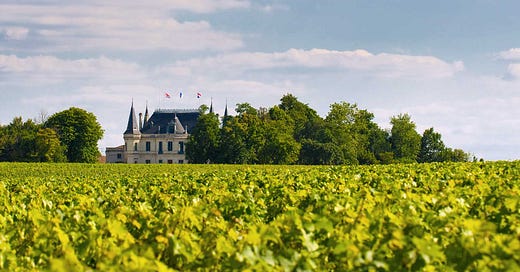When it comes to Cabernet Sauvignon, few places define its global reputation like the Left Bank of Bordeaux’s Médoc region. Stretching north from the city of Bordeaux along the Gironde estuary, this gravel-rich peninsula is home to some of the world’s most iconic wine estates. With a maritime climate, meticulously detailed vineyard classification systems, and centuries of know-how, the Médoc stands at the forefront of elegant yet structured Cabernet blends.
Defining Traits
Gravelly Topsoils
The Médoc’s gravels, often mixed with sand or clay beneath, create ideal drainage. Vines dig deep to find water, concentrating Cabernet’s dark-fruit flavors and firm tannins.Estuary Influence
The Gironde moderates temperature extremes, reducing the risk of frost and heat stress—key for ensuring balanced ripening.Classification Legacy
The historic 1855 Classification recognized many Châteaux here, bestowing Grand Cru Classé status on estates that continue to shape global perceptions of quality Cabernet.Sub-Appellation Nuance
From Saint-Estèphe to Margaux, each commune adds its own spin on Cabernet’s core identity, from robust and earthy to silky and perfumed.Longevity & Evolution
A hallmark of Left Bank wines is their ability to age for decades, evolving from bold blackcurrant and cedar notes into refined, layered profiles of forest floor, truffle, and spice.
Premium Subscriber Content
Terroir & Winemaking Deep Dive
Gravelly Ridges & Microclimates
Geology - Over millennia, the Gironde’s shifting currents and ancient glaciers deposited gravel ridges, known locally as croupes. These gentle slopes allow rainwater to drain quickly, encouraging vines to establish deep root systems. The resulting stress (in moderation) concentrates phenolics, especially in Cabernet Sauvignon, leading to wines with dense structure.
Keep reading with a 7-day free trial
Subscribe to Daily Terroir: Exploring Wine Regions One Day at a Time to keep reading this post and get 7 days of free access to the full post archives.





